Gentle reader,
1947project, a Los Angeles based time travel blog dedicated to unearthing forgotten crime stories and peculiar happenings from the city’s past, is seeking extraordinary contributors to research and write a blog entry once or twice weekly for one year.
On March 18, 1947project will launch a brand new site that offers a fresh spin on the time travel blog theme. The selected contributors will get a sneak peak at the site in question, to give them a little time to bone up on the material.
Potential contributors should be witty, concise writers and skilled researchers, with a passion for Los Angeles social history and an interest in true crime. We also welcome contributors who can write knowledgably on such subjects as architecture, city planning, entertainment, transportation, business, fringe religion and other topics that have been featured in past 1947project blog entries. Skill using or building digital maps is a big plus. You do not have to live in Los Angeles.
To get an idea of what we do, please browse this site.
There is no pay, but the successful applicant will have the opportunity to promote their other work on the site, be mentioned in press releases, get free seats on occasional Esotouric bus adventures and occupy a central spot on a website that has become a must-read for fans of L.A.’s offbeat past.
To apply for a spot on 1947project, please do the following by March 12:
1) ensure that you can access the ProQuest archives of the historical Los Angeles Times, either through the LA Public Library website (you will need a library card), by using the LAPL in-library computers, or from another source. You can call your local public or university librarian for help. Note that ProQuest access is essential for this project.
2) please submit the following application materials, pasted into our contact form:
a) a writing sample of 300-500 words, in which you take the basic facts of Marie Prevost’s 1937 death (Google it) and turn it into a 1947project-style blog entry. Imagine you are telling the story to a neighbor who hasn’t yet heard what’s happened, writing it up in a letter home, or submitting a story to a scandal magazine—whatever tone feels right to you. Feel free to use snappy period slang, make suggestions about what might have taken place, and place the dead woman into historical context.
b) your resume
c) an explanation of why you are interested in being a 1947project blogger and what you feel you will bring to the project.
d) how often can you contribute, one or two posts a week?
We look forward to hearing from you!
Kim Cooper, editrix
1947project

 Beginning in 1923, Aunt Dolly’s Page occupied its own corner of the Junior Times, a Sunday supplement that urged young Angelenos to try their hands at blank verse, cartooning, and other feats of skill for fabulous prizes. There were also picnics, parades, community service projects, and a near-constant series of elections for the President of the Times Junior Club
Beginning in 1923, Aunt Dolly’s Page occupied its own corner of the Junior Times, a Sunday supplement that urged young Angelenos to try their hands at blank verse, cartooning, and other feats of skill for fabulous prizes. There were also picnics, parades, community service projects, and a near-constant series of elections for the President of the Times Junior Club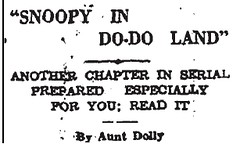


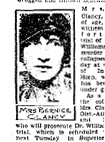

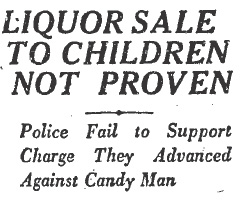
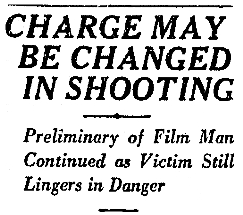
 March 2, 1927
March 2, 1927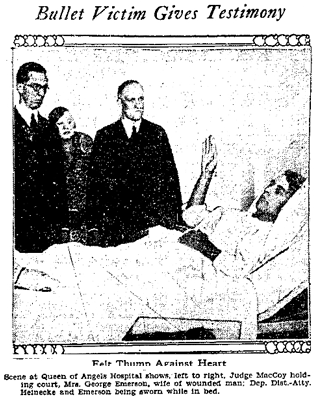

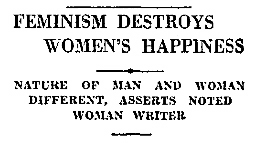 “Feminism is destructive of women’s happiness,†declares Gina Lombroso Ferrero, Italy’s first woman physician and daughter of
“Feminism is destructive of women’s happiness,†declares Gina Lombroso Ferrero, Italy’s first woman physician and daughter of